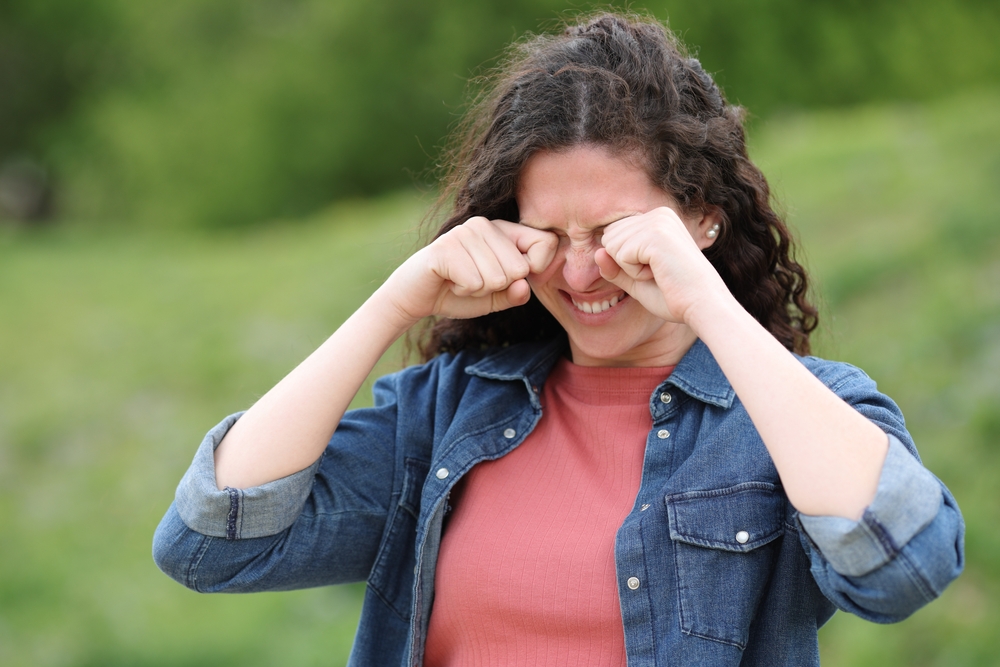
Dry eye syndrome can cause discomfort, irritation, and even blurred vision, making everyday activities challenging. Artificial tears are often the first line of defense for managing symptoms, but not all eye drops are the same. Understanding the difference between high and low viscosity artificial tears can help you choose the best option for your specific needs.
Low Viscosity Artificial Tears
Low viscosity artificial tears are thin and watery, designed to provide quick relief without significantly affecting vision. These drops spread easily across the eye’s surface and typically contain ingredients that mimic natural tears, such as electrolytes and mild lubricants.
Pros:
• Fast-acting relief
• Less likelihood of causing temporary blurred vision
• Suitable for mild to moderate dry eye
Cons:
• Short-lasting effects, requiring frequent reapplication
• May not provide sufficient moisture for severe cases
High Viscosity Artificial Tears
High viscosity artificial tears are thicker and offer longer-lasting moisture retention. These gels or ointments create a protective barrier over the eye’s surface, reducing evaporation and improving comfort, especially for individuals with more severe dry eye.
Pros:
• Provides longer-lasting hydration
• Ideal for nighttime use or severe dry eye
• Helps protect the ocular surface from further damage
Cons:
• Can cause temporary blurred vision
• May feel heavier on the eyes
Which Type of Artificial Tear Is Right for You?
The choice between high and low viscosity artificial tears depends on the severity and frequency of your symptoms. If you experience occasional dryness due to environmental factors or screen time, low viscosity drops may be sufficient. However, if you suffer from chronic dry eye or experience symptoms that persist throughout the day, a high viscosity option might provide better relief.
When Artificial Tears Are Not Enough
While artificial tears can help manage symptoms, they may not address the underlying cause of dry eye. Many cases of chronic dry eye are linked to meibomian gland dysfunction (MGD), inflammation, or other factors that require more advanced treatment for lasting relief.
At Chroma Optics, we offer several dry eye treatments designed to target the root cause of your discomfort and improve long-term eye health. Our advanced solutions include Low-Level Light Therapy (LLLT), which stimulates the meibomian glands and reduces inflammation to enhance natural tear production.
For patients with blocked meibomian glands, LipiFlow provides thermal pulsation therapy to gently clear obstructions and restore the eye’s natural tear film. This treatment helps maintain a stable tear layer, reducing dryness and irritation.
Additionally, Radiofrequency (RF) Therapy uses controlled heat to improve oil gland function and enhance tear stability. By promoting better gland health, RF therapy supports long-term relief from dry eye symptoms and improves overall ocular comfort.
Achieve Lasting Dry Eye Relief at Chroma Optics
If you’re experiencing persistent dry eye symptoms and artificial tears are no longer providing enough relief, it may be time to explore more advanced treatment options. Addressing the root cause of dry eye can lead to lasting comfort and improved eye health.
At Chroma Optics, we specialize in innovative dry eye treatments tailored to your needs. Whether you need Low-Level Light Therapy, LipiFlow, or Radiofrequency Therapy, we are here to help. Visit our office in Burlington, Vermont, or call (802) 497-1676 to schedule a consultation to find the right solution for long-term dry eye relief.








